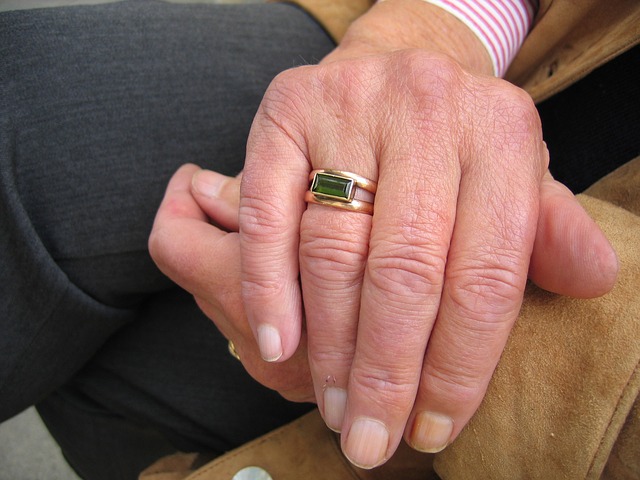
Grief is an inevitable part of the human experience. It is the emotional response we feel when we encounter loss, whether it be the death of a loved one, the end of a relationship, or the loss of a job. Mourning is the process through which we navigate this profound sorrow and find ways to honor and express our grief. In a society that often values stoicism and encourages us to move on quickly, understanding the power of mourning becomes essential. By embracing and allowing ourselves to grieve, we embark on a transformative journey that can lead to healing and growth.
Acknowledging the Pain
In our fast-paced world, grief is often seen as a weakness or something to be avoided. However, denying or suppressing our grief can have detrimental effects on our mental, emotional, and even physical well-being. The first step in honoring and expressing grief is acknowledging the pain. It is essential to create a safe and supportive environment where individuals feel comfortable sharing their emotions and experiences. Validating grief allows us to give ourselves permission to feel the pain and begin the healing process.
Creating Rituals and Spaces for Mourning
Rituals have long been recognized as powerful tools for healing and transformation. When it comes to grief, rituals provide a structured and meaningful way to express and honor our emotions. These rituals can take many forms, such as holding a memorial service, lighting candles, writing letters, or visiting a special place. By creating space for mourning, we give ourselves the opportunity to remember, reflect, and connect with our feelings. These rituals help us navigate the complex emotions associated with grief and allow us to find solace and support in the presence of others who share our pain.
Embracing Vulnerability and Connection
Grief can make us feel vulnerable and exposed, as it often brings up deep-seated emotions and questions our sense of self. However, it is precisely through this vulnerability that we can find strength and connection. Sharing our grief with others who have experienced a similar loss can provide a sense of understanding and belonging. Opening up about our pain allows us to receive empathy and support, fostering a deeper sense of connection and healing. Additionally, seeking professional help, such as grief counseling or therapy, can provide a safe space for exploring and processing our grief with the guidance of trained professionals.
Expressing Grief Creatively
Artistic expression has long been recognized as a powerful tool for emotional healing. When it comes to grief, creative outlets offer a non-verbal way to express and process complex emotions. Writing in a journal, painting, sculpting, playing music, or engaging in any form of creative expression can be a cathartic and transformative experience. These activities allow us to tap into the depths of our grief and channel our emotions into something tangible. Through the creative process, we can find solace, gain insights, and ultimately integrate our grief into our lives.

The Transformative Power of Mourning
Mourning is not a linear process with a clear endpoint. It is a journey that unfolds differently for each individual. While grief may never fully dissipate, the power of mourning lies in its ability to transform our pain into growth and resilience. By allowing ourselves to mourn, we learn to navigate the ebb and flow of grief, finding moments of healing and hope amidst the sorrow. We develop a deeper understanding of ourselves and others, cultivating empathy and compassion. The power of mourning lies in its capacity to reshape our lives, not in spite of loss, but because of it.
Conclusion
The power of mourning is a testament to the resilience of the human spirit. By honoring and expressing grief, we embark on a transformative journey that allows us to heal, grow, and find meaning in our losses. For more insights and further information, check out the Bible Keeper blog to learn more.
